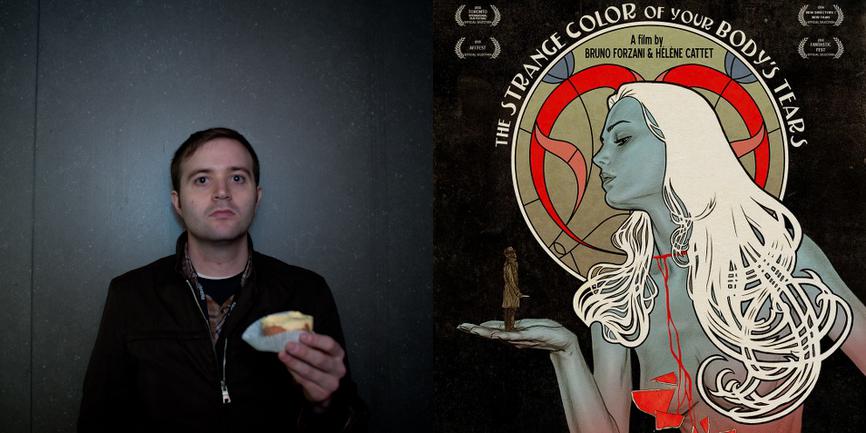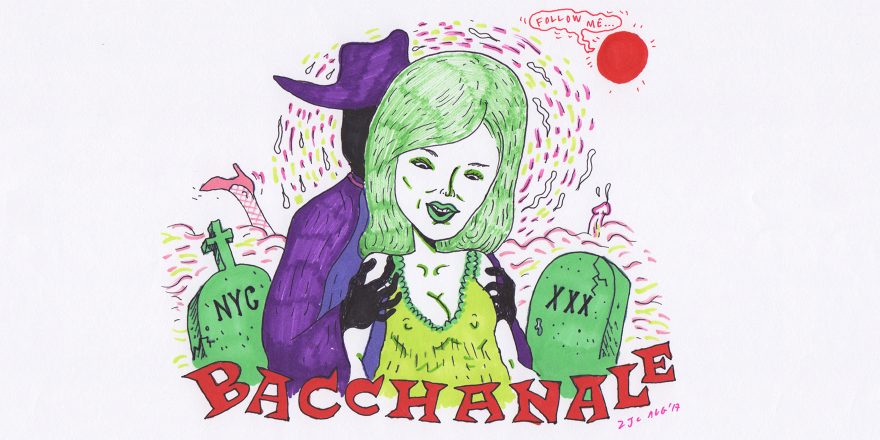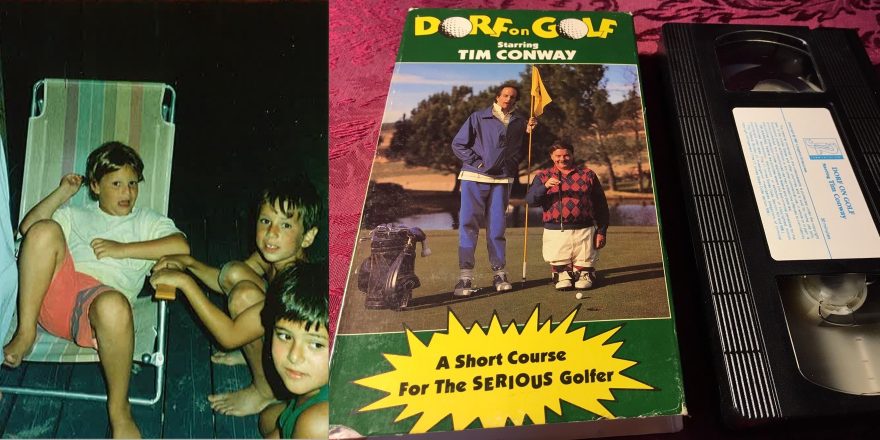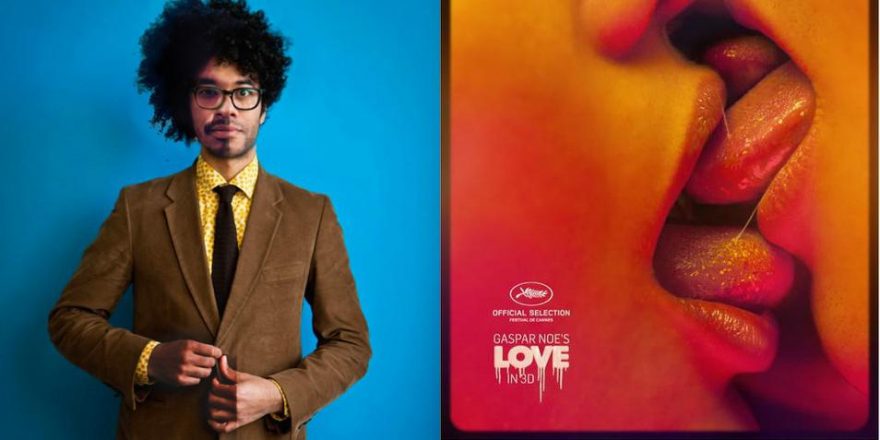Since we started collaborating together about 20 years ago, one of our main thematic concerns has been the body as an object of desire and/or destruction. In our early shorts, which were animated films in the style of Chris Marker’s La Jetée, we used the body as a canvas. Initially, our focus was on self-destruction, but over time in our work the body became something more linked to desire, to the erotic. Because, since the beginning, there has been a link between eroticism and violence.
As we moved away from animation and started to work at 24 frames per second, we saw that actors were much more focused on an intellectual than a physical approach to their work – they were rooted in their mind, not their body. Our shorts were basically silent, so it was really strange for actors – they had no lines to say, so everything had to be expressed through their bodies. The choreography of the body has always been very important in our work, so for our fourth short film we decided to work with not an actor but a modern dancer. We liked the experience of working with her, because she was very precise and we could really work on choreography of the film.
When in 2009 we made our debut feature, Amer – which is about the discovery of physical desire and fantasy – we wanted to further experiment with this material called “flesh.” We wanted to achieve something special by taking a purely physical approach to acting, so we again cast dancers in certain roles. We also cast some French porn actresses from the ’90s, because for us they were the people who perfectly knew the body, and who perfectly knew how to show female pleasure. Because it was their job. Most of them, however, considered themselves to be “performers” rather than “actresses.” They felt that had not previously worked in cinema – had not thought about storyboards or directing or mise en scène – but rather had engaged in live acts of sexual performance that happened to have been captured on video. And because they didn’t feel like actresses, they weren’t as confident in front of the camera.
Before we were in pre-production on our latest film, Let the Corpses Tan, Hélène was at a friend’s party in Brussels and was introduced to one of the biggest stars of French porn cinema from the ’70s and ’80s, Marilyn Jess. Around roughly the same time, Bruno was a jury member at the Hallucinations Collectives film festival in Lyon in 2013, and one of his fellow jurors was Gérard Kikoïne, who was one of the first French porn cinema directors, and worked with Marilyn Jess several times.
When we met these people, we talked with them not about pornography, but instead about real cinema. We talked about storyboarding, editing, sound … and revolution! In their time, Gérard and Marilyn were real rebels who broke sexual taboos in French society. They were pioneers of this new type of cinema, who were showing sex without any kind of censorship … and they were instrumental in changing cinema, society and people’s mentalities.

Marilyn Jess and Gérard Kikoïne reminded us in a certain way of two characters in Jean-Patrick Manchette and Jean-Pierre Bastid’s novel of Let the Corpses Tan, the iconic artist Luce and her ex-lover, the writer Max Bernier: during their greatest years, they were subversives who, through their performances and books, fought against law and order and a conservative society.
Even if pornography did not benefit from the same “noble” destiny as artistic performances, Gérard and Marilyn were, from our point of view, very much from the same breed of creators as Max and Luce. This is why we first thought of them as people who might portray those characters: it was a way to recognize their work, and their revolutionary legacy.
Finally, when we began the casting process, we realized that Luce and Max were part of a constellation of amazing characters, and that the film was not about them but rather about the interactions between them and all of the film’s other protagonists, such as Rhino, the cop and the lawyer. We started to think more about casting from the perspective of the overall energy and cohesion of the group, and thus ended up changing our minds about our initial idea of casting Gérard and Marilyn in those roles.
However, to keep something from those great early meetings we’d had, Hélène had the idea to give Marilyn the part of the cop (who is actually a man in Manchette and Bastid’s novel) … so from a rebel in real life, she became the symbol of law and order in our movie!






